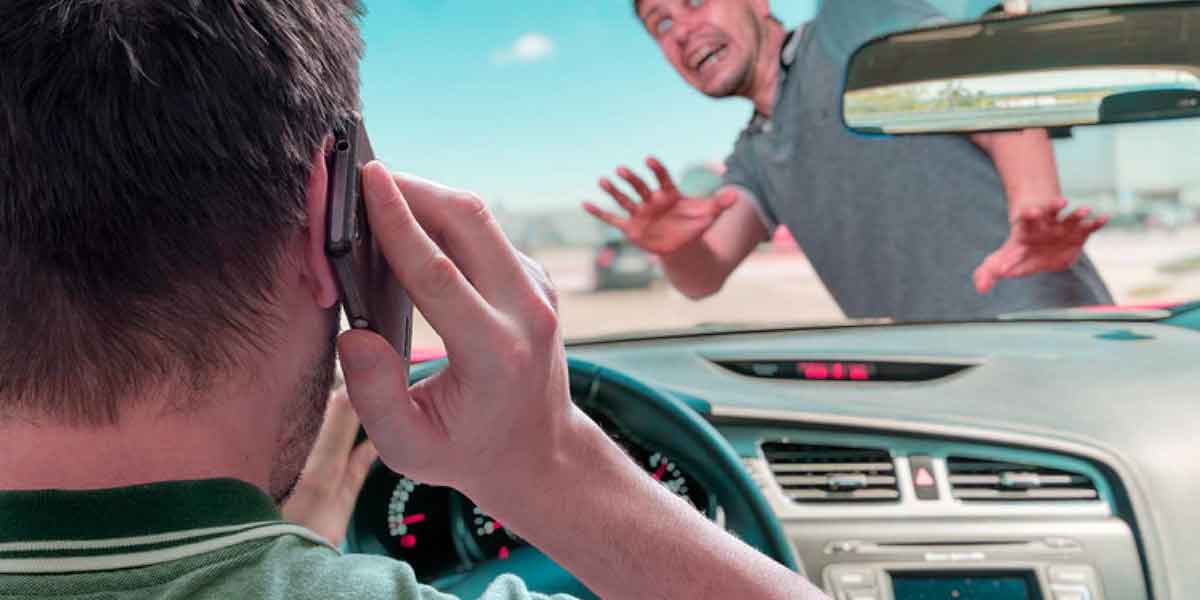Cars today have undergone a transformation that years ago would have seemed like something out of a sci-fi movie. Navigation systems, touch screens, voice command, and other features are becoming something of a standard issue for many vehicles. With these new digital elements available in your car, you can check traffic and weather, get driving directions, hear news headlines, and play your favorite music as you drive. But while these features have undoubtedly enhanced the time we spend commuting, they have also led to a significant increase in distracted driving.
Of course, distracted driving has existed as long as humans have been operating vehicles, but now with so many features at our fingertips (literally) distracted driving has become all too common and has subsequently decreased safety on the road. Here we’ll go over what is considered distracted driving as well as its affects on a driver’s ability to conduct a vehicle.
A look at distracted driving
On any given day, you’ll be sure to see a number of drivers glancing down at their phones as they read a text message, peering into their vanity mirror to apply makeup, or trying to steer with food in their hands. These are only a few examples of distracted driving, and it’s easy to see how when multiplied across the number of drivers on the road can lead to an increase in accidents. At its most basic, distracted driving is considered doing any activity that distracts you from conducting a vehicle. Many public safety agencies outline three types of distracted driving that cover the gamut of skills needed to operate a vehicle:
Visual—taking your eyes off the road
Manual—taking your hands off the steering wheel
Cognitive—taking your mind off of driving
Using dashboard systems while driving
As anyone who drives a vehicle knows, it is extremely easy to slip and do any one of these things, especially when you’re stuck in traffic or have a long commute ahead. Today, the ease with which we commit these infractions is greatly increased in part because of the technology that surrounds us. The nature of many digital features now included in vehicles is such that they require our visual, manual, and cognitive attention—the three types of distractions while driving. To illustrate this, let’s consider the prevalent use of dashboard systems in newer cars.
Drivers who use a dashboard system’s touch screen while conducting a vehicle are often overconfident in their ability to handle both tasks at once. The reality is that every time you turn your focus to the screen, your ability to safely navigate is invariably lessened as is your capacity to disengage from the distractions on the display. It doesn’t matter if you’re just going to check traffic or search for a song in your music library. Your brain starts to lag with each shift in attention. You move your eyes from the road to the dashboard, simultaneously moving your hand towards the screen, you swipe through the different menu options, briefly glancing from the display to check the road and then back to the screen again to refocus on the menu, and so forth. With each of these visual, manual, and cognitive shifts, no matter how brief, your brain’s ability to refocus on an action starts to falter, greatly impeding your capacity to safely handle a vehicle on the road.
Effects of distracted driving
Many drivers are self-assured in their ability to safely use their vehicle’s devices while driving, yet in spite of this prevailing confidence, the incidence of vehicle collisions involving distracted drivers is alarmingly high. Studies have shown any one activity on a dashboard device can distract a driver for up to 40 seconds—a sobering statistic when we consider that taking your eyes off the road for just two seconds can double your risk for a car accident. There is no doubt that the technological advances making their way into our vehicles are creating an impediment to safe, focused driving.
Unfortunately, as dashboard displays have only recently become part of vehicle manufacturing, regulations regarding their use are practically non-existent. However, as we’ve seen with cell phone legislation, laws in themselves don’t deter people from engaging in distracted driving. Every driver must do their part to ensure the safety of themselves, their passengers, and those around them.
If you have recently been injured in a vehicle collision caused by distracted driving, contact Novo Law Firm PC. Our personal injury attorneys will make sure that the driver at fault is answerable for any injuries or damages you have sustained as a result of their negligence. Get in touch with Novo Law Firm PC to discuss your full and fair compensation.







